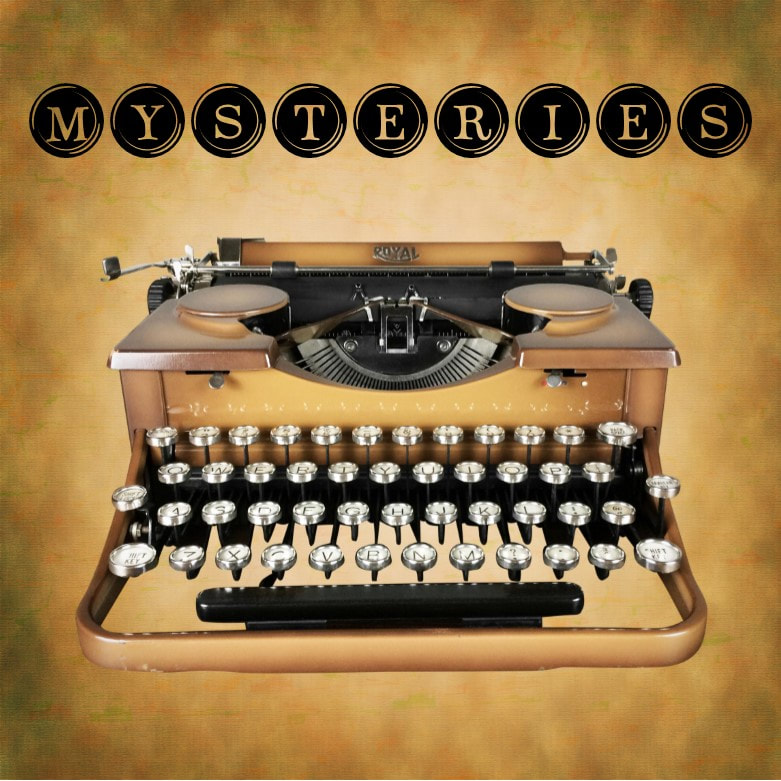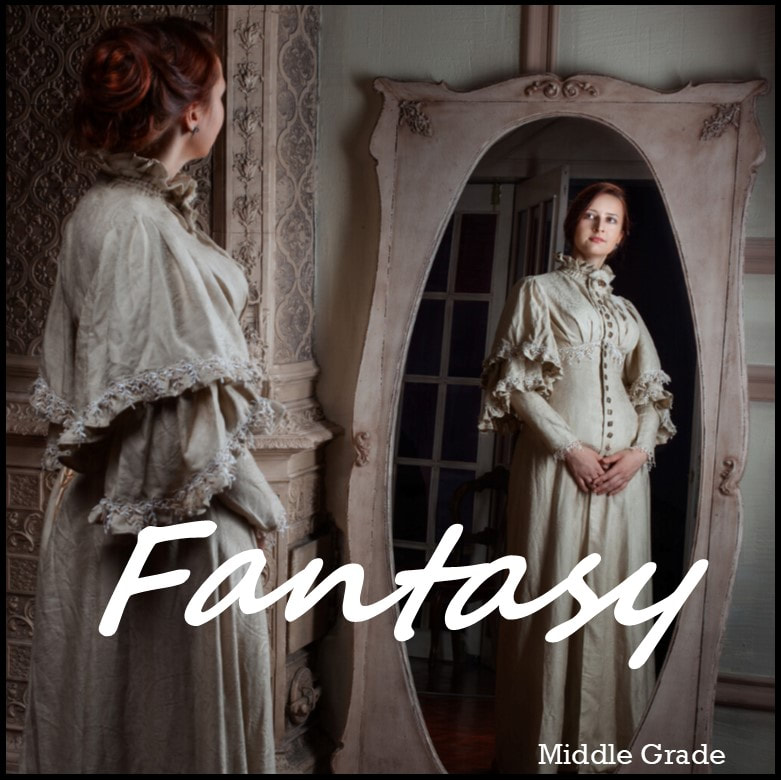There’s been a lot of publicity lately about banning books, especially here in the United States. Reasons cited for the sudden decision that a book is harmful to readers include: the material being sexually explicit, having offensive language, being racially biased, or being unsuitable for a specific age group.
Many of the latest bans have been in schools claim to protect our children from profanity, nudity, and racist remarks. In my sassy opinion, there’s no reason to force a particular way of thinking on everyone else. Give kids some credit for being able to analyze, discuss, understand generational and cultural differences, and form opinions of their own. Adults do not need to do the thinking for them. Rant over.
It seems humanity would learn from history that banning books just doesn’t work. Actually, it has the opposite effect and makes the book more popular than it would have been if never mentioned.
Have you ever heard of The Catcher in the Rye by JD Salinger? It has the double accolade of being both the most banned and the second most taught book in American schools. In addition, John Steinbeck’s, The Grapes of Wrath depicted the brutal working conditions in Depression-era California so accurately that it was banned in the county where the fictitious story took place. A few other notable banned books include:
This isn’t a new phenomenon. The first known book to hit the flames in the U.S. was the New English Canaan by Thomas Morton. Published in 1637, this criticism of conservative Puritan life did not go over too well in the Massachusetts colony where he resided.
Stretching worldwide, the idea of banning or burning books has been with us since – well, since there were books. Between 259 BC and 210 BC, Chinese emperor Qin Shi Huang burned all the books in his kingdom. To control any further attempts at treasonous writing, four hundred sixty (yes, 460) Confucian scholars were eradicated by burying them alive.
In 35 AD, Roman emperor Caligula strongly discouraged people from reading Homer’s 300-year-old epic poem, The Odyssey. He didn’t want Roman citizens to get any “Greek” ideas of freely roaming the countryside.
640 AD: According to legend, the caliph Omar burned all 200,000 volumes in the library at Alexandria in Egypt. It was a terrible loss of irreplaceable knowledge, but it did provide six months’ fuel to warm the city’s baths.
From 1497 and into the following year, Savonarola, a Florentine religious fanatic, organized great “bonfires of the vanities” which destroyed books and paintings by some of the greatest artists of Florence. In May of 1498, his last bonfire was lit. Sadly for Savonarola, those flames were set ablaze for him along with all of his writings, sermons, essays, and pamphlets. Banning turned out to be a fiery endeavor for him.
Even the Bible wasn’t safe. William Tyndale translated the New Testament into English, and thousands of copies were smuggled into England from Germany. Upon orders from London’s Roman Catholic bishop, they were publicly burned in 1526. Church authorities insisted the Bible could only be written in Latin, and priests were the only ones allowed to interpret God’s message.
In 1559, Pope Paul IV compiled a list of prohibited books called the Index Liborum Prohibotorum. For 400 years, this served as the definitive list of banned books for Roman Catholics. The list included Robinson Crusoe by Daniel Defoe and Victor Hugo’s novel Les Miserables.
On into the 1600s and 1700s, censors railed against Shakespeare, Sir Walter Raleigh, Martin Luther, Galileo, and anyone else who stepped on the toes of government and religious leaders.
And of course, since the mid-1800s, Charles Darwin’s radical theories on evolution have continuously offended folks and stirred up controversy. On another note, during that century, sales of Walt Whitman’s hotly contested Leaves of Grass paid for the author’s new house.
The twentieth century saw the rise of Hitler, Lenin, and other leaders who feared the written word as well. Jack London, Sir Arthur Conan Doyle, Ernest Hemingway, Helen Keller, and Lewis Carroll got singled out for one reason or another, and even Mickey Mouse comics were banned in East Berlin because Mickey was said to be an “anti-Red rebel.”
I could go on, but hopefully, you get my message. If there’s a book that offends you, don't read it! Everybody is entitled to their opinions. Another person’s views may not agree with your sentiments but should be respected. Am I wrong to feel this way? Do you think books should continue to be banned?
Be sure to subscribe to the Sweet & Sassy blog, so you never miss out on any of our posts!
Many of the latest bans have been in schools claim to protect our children from profanity, nudity, and racist remarks. In my sassy opinion, there’s no reason to force a particular way of thinking on everyone else. Give kids some credit for being able to analyze, discuss, understand generational and cultural differences, and form opinions of their own. Adults do not need to do the thinking for them. Rant over.
It seems humanity would learn from history that banning books just doesn’t work. Actually, it has the opposite effect and makes the book more popular than it would have been if never mentioned.
Have you ever heard of The Catcher in the Rye by JD Salinger? It has the double accolade of being both the most banned and the second most taught book in American schools. In addition, John Steinbeck’s, The Grapes of Wrath depicted the brutal working conditions in Depression-era California so accurately that it was banned in the county where the fictitious story took place. A few other notable banned books include:
- 1984 and Animal Farm – George Orwell
- The Adventures of Huckleberry Finn – Mark Twain
- The Color Purple – Alice Walker
- The Great Gatsby – F. Scott Fitzgerald
- To Kill a Mockingbird – Harper Lee
This isn’t a new phenomenon. The first known book to hit the flames in the U.S. was the New English Canaan by Thomas Morton. Published in 1637, this criticism of conservative Puritan life did not go over too well in the Massachusetts colony where he resided.
Stretching worldwide, the idea of banning or burning books has been with us since – well, since there were books. Between 259 BC and 210 BC, Chinese emperor Qin Shi Huang burned all the books in his kingdom. To control any further attempts at treasonous writing, four hundred sixty (yes, 460) Confucian scholars were eradicated by burying them alive.
In 35 AD, Roman emperor Caligula strongly discouraged people from reading Homer’s 300-year-old epic poem, The Odyssey. He didn’t want Roman citizens to get any “Greek” ideas of freely roaming the countryside.
640 AD: According to legend, the caliph Omar burned all 200,000 volumes in the library at Alexandria in Egypt. It was a terrible loss of irreplaceable knowledge, but it did provide six months’ fuel to warm the city’s baths.
From 1497 and into the following year, Savonarola, a Florentine religious fanatic, organized great “bonfires of the vanities” which destroyed books and paintings by some of the greatest artists of Florence. In May of 1498, his last bonfire was lit. Sadly for Savonarola, those flames were set ablaze for him along with all of his writings, sermons, essays, and pamphlets. Banning turned out to be a fiery endeavor for him.
Even the Bible wasn’t safe. William Tyndale translated the New Testament into English, and thousands of copies were smuggled into England from Germany. Upon orders from London’s Roman Catholic bishop, they were publicly burned in 1526. Church authorities insisted the Bible could only be written in Latin, and priests were the only ones allowed to interpret God’s message.
In 1559, Pope Paul IV compiled a list of prohibited books called the Index Liborum Prohibotorum. For 400 years, this served as the definitive list of banned books for Roman Catholics. The list included Robinson Crusoe by Daniel Defoe and Victor Hugo’s novel Les Miserables.
On into the 1600s and 1700s, censors railed against Shakespeare, Sir Walter Raleigh, Martin Luther, Galileo, and anyone else who stepped on the toes of government and religious leaders.
And of course, since the mid-1800s, Charles Darwin’s radical theories on evolution have continuously offended folks and stirred up controversy. On another note, during that century, sales of Walt Whitman’s hotly contested Leaves of Grass paid for the author’s new house.
The twentieth century saw the rise of Hitler, Lenin, and other leaders who feared the written word as well. Jack London, Sir Arthur Conan Doyle, Ernest Hemingway, Helen Keller, and Lewis Carroll got singled out for one reason or another, and even Mickey Mouse comics were banned in East Berlin because Mickey was said to be an “anti-Red rebel.”
I could go on, but hopefully, you get my message. If there’s a book that offends you, don't read it! Everybody is entitled to their opinions. Another person’s views may not agree with your sentiments but should be respected. Am I wrong to feel this way? Do you think books should continue to be banned?
Be sure to subscribe to the Sweet & Sassy blog, so you never miss out on any of our posts!










 RSS Feed
RSS Feed